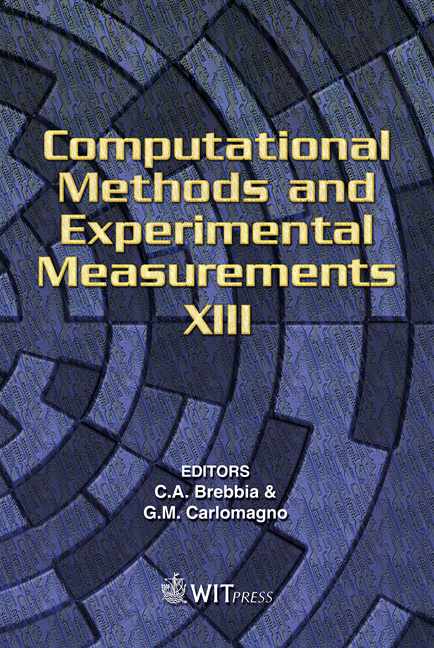Observation Of Solid Fuel In A Supersonic Flowfield
Price
Free (open access)
Transaction
Volume
46
Pages
10
Published
2007
Size
1,736 kb
Paper DOI
10.2495/CMEM070031
Copyright
WIT Press
Author(s)
J. M. Char1 & U. K. Hsu2
Abstract
Hypersonic vehicles will be the new-generation of aerial transport. Hence, supersonic combustor design becomes important. Many investigations have been conducted on this subject, however, they are focused on gaseous or liquid fuels combustor. The use of a solid fuel combustor can substantially decrease complexity and cost, so for certain purposes, solid fuel supersonic combustors show advantages over other fuel systems. This research adopts a shock tube, 16 meter long and with a bore of 9 cm to create a supersonic, high-temperature, and high-pressure flowfield to observe the gasification and ignition of HTPB solid fuel under different environments. Also, full-scale 3D numerical simulation is executed to enhance the comprehension of this complex phenomenon. The CFD code is based on the control volume method and the pre-conditioning method for solving the Navier-Stokes equations to simulate the compressible and incompressible coupling problem. In the tests, a HTPB slab is placed in the windowed-test section. Various test conditions generate different supersonic Mach numbers and environmental temperatures, meanwhile the HTPB slab changes its incident angles relative to the coming shock wave. Results show that when the Mach number around the slab section is beyond 1.25, the flowfield temperature can achieve above 1100K, which is higher than the HTPB gasification temperature (930K~1090K), then the gasification happens and a short-period ignition can be observed. In particular, as the slab angle is 7°, the phenomenon is more visible. This is due to the flowfield temperature increasing when the slab angle is at 7°. The comparison between test results and CFD simulation show good agreement, so the CFD results help the understanding and analysis of this complicated test event. Several pictures demonstrating the research results are shown below. Keywords: ignition, shock tube, HTPB, scramjet, finite volume.
Keywords
ignition, shock tube, HTPB, scramjet, finite volume.





